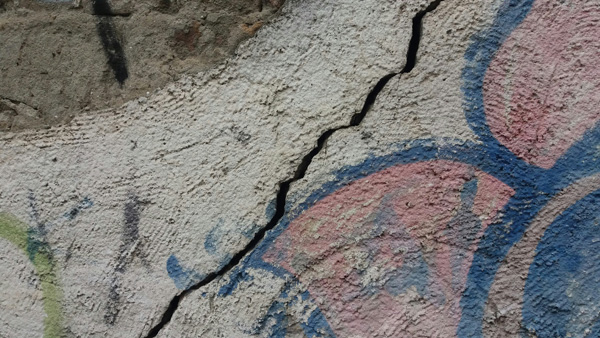Peru’s strong earthquake brought a devastating amount of damage and has caused unimaginable amounts of damage to the country

[Red and white concrete brick picture, Photo Credit to Unsplash]
A powerful earthquake with a magnitude of 8.7 occurred near the coast of Callao, Peru, close to the densely populated Lima metropolitan area, on the afternoon of June 15th, 2025.
A brief but intense tsunami swelled offshore after the tremor, which originated at a depth of about 23.5 kilometers beneath the Pacific Ocean, sending shockwaves through the capital.
Authorities subsequently confirmed that the earthquake caused at least 227 fatalities and over 22,000 small and big injuries, making it the most devastating earthquake the nation had experienced in decades and leading it to be one of the biggest mobilizations in recent history.
Structural failures in residential and commercial buildings were exacerbated by the earthquake which happened at 11:35:23 local time and lasted for about 30 seconds.
In Lima,entire walls were reported to have collapsed violently, while in Callao, nearly every town experienced significant functional damage.
Considerable structural damages were done to the Huaca Pullanca site, an Inca archeological landmark that now stands as a museum in Lima.
As statues shook consistently and cracks appeared in the ceiling during Sunday mass at the Metropolitan Cathedral, parishioners ran away and fled in fear and shock.
Emergency services responded swiftly, with national guard units and medical terms immediately deployed to affected areas.
Lima’s hospitals were overwhelmed with injured people, and by June 15th, about 18 were remaining in the hospital, and more than 25 had been released and diagnosed to be cured.
The National Emergency Operations center in Callao reported extensive damage, including a catastrophic tsunami wave that hit coastal communities just minutes after the earthquake, damaged roads, collapsed buildings, and power shortages.
The president of Peru declared a state of emergency and ordered the immediate allocation of all available funds to be used for medical assistance, rescue, and immediate housing.
On public plazas and school grounds, the government has established emergency centers with local mayors and regional authorities, but some shelters still have a poor environment with broken windows and dilapidated debris everywhere.
To ensure the victims’ safe recovery, the police and military force have come up with a security perimeter around buildings that have collapsed because of the earthquake.
Support for the country came from around the world quickly.
Chile, Colombia, Ecuador, and other South American countries delivered aid, which included medical staff, search and rescue dogs, blankets, food, and makeshift shelters.
The UN promised to provide assistance and help for efforts related to reconstruction.
International development banks have been speeding up emergency funding to help reconstruct important infrastructure to the community, such as water facilities, hospitals, and transportational networks.
Seismologists explained that Peru is situated along plate boundaries where the enormous Nazca plate is punching beneath the South American plate at a rate of about 78 millimeters per year.
Although seismic activity is common in Peru, scientists emphasized that large earthquakes of this magnitude are still extremely rare.
Rescuers are still keeping an eye out for survivors stuck in collapsed buildings.
Local residents claim to have heard pleas for help and rescue under the remainers of building debris.
In order to completely account for missing people and bodies, the administration predicts that weeks of nonstop efforts would be made and required.
Numerous relatives are using social media to further spread information and conduct check-ins to find loved ones.
Rescuers are still working hard as of June 29th, and the number of fatalities may keep on growing.
According to experts, recovery efforts will be complicated by aftershocks, which would probably be stronger than a magnitude of 6.
Peru now faces a pivotal point, taking a shot in creating a more secure and earthquake resistant future while dealing with its current crisis.

- Wonjung Jeon / 7th Grade
- Fay School

![THE HERALD STUDENT REPORTERS [US]](/assets/images/logo_student_us.png)
![THE HERALD STUDENT REPORTERS [Canada]](/assets/images/logo_student_ca.png)
